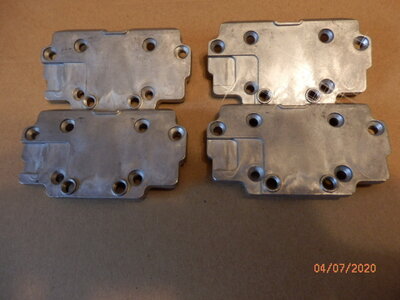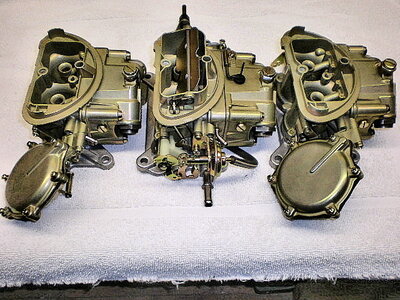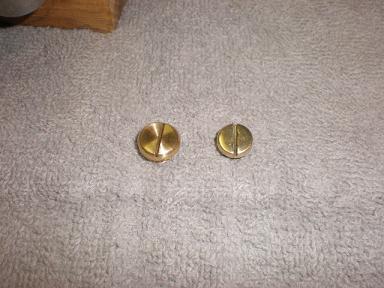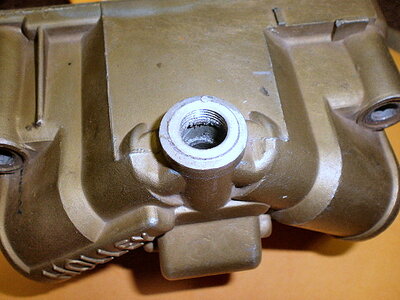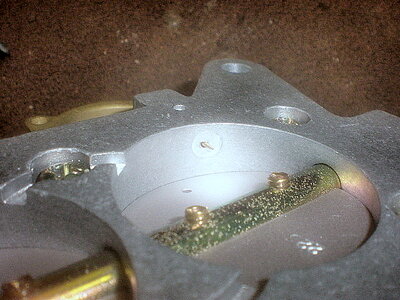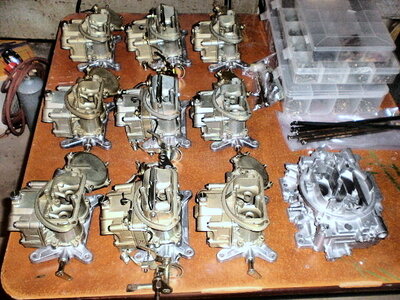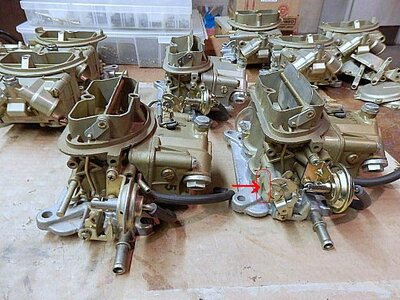Quick Fuel is another provider of those plates.
The ones that you have in the picture are available where? I'm asking for archival purposes, since I already have mine.
I had to make a choice when I decided that for the greatest flexibility in tuning NOW, on my current 440, and future plans for utilizing the 6bbl on a stroker motor, and to incorporate the Weiand P3690982 6bbl intake, AND to have someone who could go through all 3 carburetors, repair a screw hole, use the correct rebuild kits, use the reusable non stick gaskets (which have been great) and pretune them on a dyno mule, Promax was the only choice that could accommodate all of those parameters.
If I had the time and experience I may have done something different.


 F&B direct port injection 3x2 throttle body setup, which is a lot more expensive than the FiTech, but a lot more flexible with HUGE power potential, I decided to make a big investment in the 3 Holley 2bbl carbs and had Promax "do their thing".
F&B direct port injection 3x2 throttle body setup, which is a lot more expensive than the FiTech, but a lot more flexible with HUGE power potential, I decided to make a big investment in the 3 Holley 2bbl carbs and had Promax "do their thing".